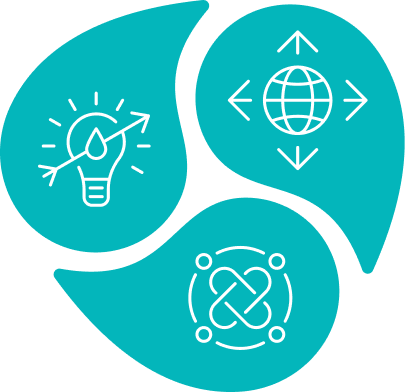Summary
Fragmented data collection made processing, use and interpretation of data challenging. To attain a more uniform data collection, the State Water Cadastre was initiated, designed to collect data on surface and ground waters, water users, water quality and water quantity. Through the implementation of this programme, data was more easily available and also provided for more accurate response to environmental challenges.
Background
Prior to 2003, different institutions and agencies collected data on water resources in Armenia. This approach to fragmented data collection made processing, use and interpretation of data challenging. In order to attain a more uniform data collection, the State Water Cadastre (SWC) was initiated, designed to collect data on surface and ground waters, water users, water quality and water quantity. SWC is a permanent operating system to keep comprehensive records of quantitative and qualitative indices on water resources, water intakes, watersheds, and composition and quantities of materials and biological resources, which are extracted from water basins beds and coasts, as well as records of water users, water use permits, and water system use permits. However, the processing, use and interpretation of data were not easy. When data needed for water resources assessment are collected by a number of different organisations, their systems need to be compatible in terms of standards, quality assurance, electronic access, and transfer. In order to facilitate a management of water resources, a general database might be established. At the moment “open access of data” is not avaliable and there is an urgent need to adopt and implement new procedures on data flow and information exchange among the SWC stakeholder institutions.
Actions taken
The State Water Cadastre (SWC) was initiated in the 2003 by the Armenian Water Resources Management Agency. The SWC was initiated according to Water Code demands for complete data of surface and ground waters, water users, water quality and water quantity. The State Water Cadastre (SWC) is a permanent operating system. It maintains a comprehensive record of the following data:
- Quantity and quality of water resources;
- Catchment areas;
- Materials extracted from water basins; Water intake;
- Composition and size of biological resources;
- Water users; Water use permits;
- Water system use permits.
The SWC is authorised and supported by the Water Code. The main functions of the SWC are to record documents and register assignments for planning, implementing and managing water resource monitoring. It also records water structures, such as dams, canals, reservoirs.
In the period of 2005-2006, the Government of Republic of Armenia, from the state budget and with the technical help of USAID, provided funding for development of the GIS component of the SWC and water balance applications.
The SWC provides preliminary data on the location, quantity and quality of water resources based on the type of water use. It offers to assess the type of water system used for water storage, transportation, distribution, treatment, and wastewater removal. The SWC also enables policy-makers to predict the sustainability of water resources, the security of water systems, and to warn of potential hazards and areas at risk.
Outcomes
Before initiation of the SWC, data on water resources were organised in the different authorities (e.g. data on ground waters was have been kept only in the Geological Fond, surface waters monitoring data have been kept in the ministries of agriculture and nature protection). Hydrological and meteorological offices routinely collect data on elements of the hydrological cycle, and data links between different institutions need to be built up considering the associated priority issues that have to be dealt with, such as human health, ecosystems health, land use impacts and forest cover, sectoral competition for water, vulnerability to floods and droughts. Through the establishment of the SWC, the development and processing of data necessary for water management decision making processing are getting easier. Better organisation of data provides for more accurate response to environmental challenges.
Lessons Learned
Basic data and information that Basin Managment Organization (BMO) need for W ater User Prpfile should be housed in a localized water information system managed by BMOs
BMOs need to continue collect and stoder local data not included in the State Water Cascade Information System into a Basin Information Management System
Enhance the SWCIS by providing on-line interactive services to perform ad-hoc tabular and spatial queries, and generate customized maps and reports via the Water Resource Management Agency website
Thematic Tagging
Water services
,
Gender
,
Youth

 Case study
Case study